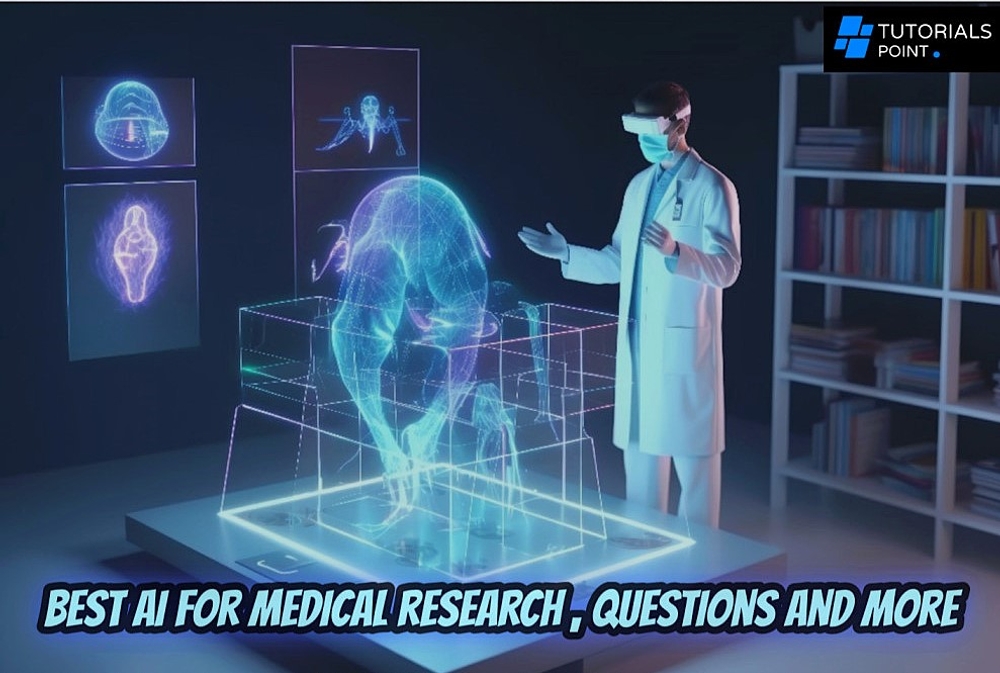Published
- 3 min read
How AI Is Transforming Medical Coding

Medical coding is the backbone of healthcare documentation. It ensures accurate billing, tracks patient outcomes, and supports research. Traditionally, medical coders have relied on extensive training and experience to interpret medical records and assign the correct codes. But with the rise of artificial intelligence (AI), the landscape of medical coding is changing—and fast.
What Is AI Medical Coding?
AI medical coding uses advanced algorithms and machine learning to analyze medical records and assign accurate codes. These codes align with standardized systems like ICD (International Classification of Diseases) or CPT (Current Procedural Terminology). By automating this process, AI reduces manual effort, improves accuracy, and saves time.
Imagine software that reads a doctor’s notes and instantly converts them into precise billing codes. That’s the power of AI in action.
Why Is AI Medical Coding Important?
1. Reducing Errors
Human coders can make mistakes due to fatigue or complexity. AI systems, however, are designed to process data consistently. They flag inconsistencies and reduce the risk of errors, ensuring compliance with healthcare regulations.
2. Saving Time
Manual coding takes hours, especially for detailed cases. AI can process thousands of records in minutes, freeing up medical staff to focus on patient care.
3. Cost Efficiency
By improving accuracy and speed, AI helps healthcare providers save money. It minimizes claim rejections and administrative costs.
How Does AI Medical Coding Work?
AI medical coding relies on Natural Language Processing (NLP). NLP enables machines to understand and analyze human language in medical records. Here’s how it works:
- Data Extraction: AI scans patient charts, discharge summaries, and doctor’s notes.
- Context Understanding: Using NLP, it identifies key terms like diagnoses, procedures, and symptoms.
- Code Assignment: The system matches the identified terms to standardized codes.
- Validation: AI cross-references the codes for accuracy and compliance.
For example, if a doctor writes “patient diagnosed with Type 2 diabetes,” the AI can assign the ICD-10 code E11.9. It ensures precision without additional manual input.
Challenges of AI Medical Coding
While AI has impressive capabilities, it isn’t flawless. Here are some challenges to consider:
- Understanding Ambiguity: Medical language can be vague or context-dependent. AI needs extensive training to handle such nuances.
- Data Privacy: Handling sensitive patient information requires strict data protection measures.
- Integration: Hospitals and clinics may face challenges in integrating AI with their existing systems.
The Future of AI in Medical Coding
AI medical coding is still evolving. As technology advances, we can expect even greater accuracy and efficiency. Some future possibilities include:
- Real-Time Coding: AI could provide instant code suggestions during patient consultations.
- Predictive Analysis: AI might predict coding trends, helping healthcare providers stay ahead.
- Global Standards: AI could streamline coding across different countries, creating a universal system.
Why Should Healthcare Providers Embrace AI Medical Coding?
Healthcare is becoming more data-driven. To stay competitive, providers must adopt tools that improve efficiency and accuracy. AI medical coding is a step toward a smarter, more streamlined system. It doesn’t replace human coders—it enhances their capabilities.
Final Thoughts
AI medical coding isn’t just a trend; it’s the future of healthcare documentation. By automating repetitive tasks and reducing errors, AI empowers medical professionals to focus on what matters most—patient care. Whether you’re a coder, a doctor, or a healthcare administrator, embracing AI can transform the way you work.
Medical coding is complex, but AI makes it manageable. Ready to explore the possibilities? Let AI take your medical coding to the next level.
